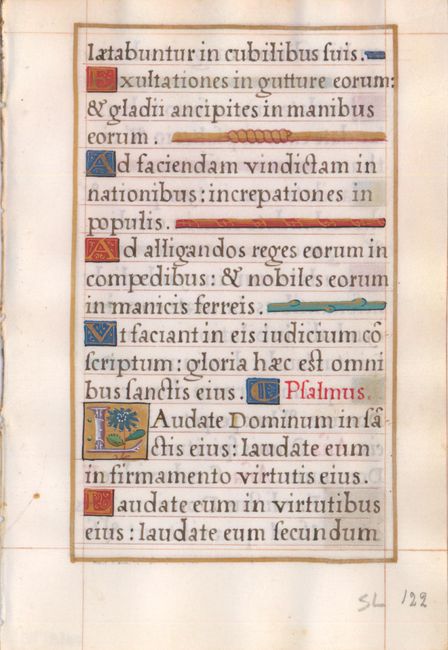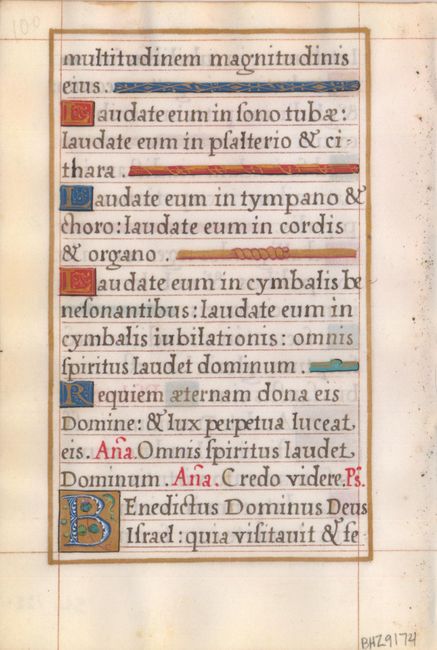Catalog Archive


Auction 145, Lot 820
"[Illuminated Leaf]", Anon.
Subject: Medieval Manuscripts
Period: 1570 (circa)
Publication:
Color: Hand Color
Size:
4.5 x 6.5 inches
11.4 x 16.5 cm
Download High Resolution Image
(or just click on image to launch the Zoom viewer)
(or just click on image to launch the Zoom viewer)

